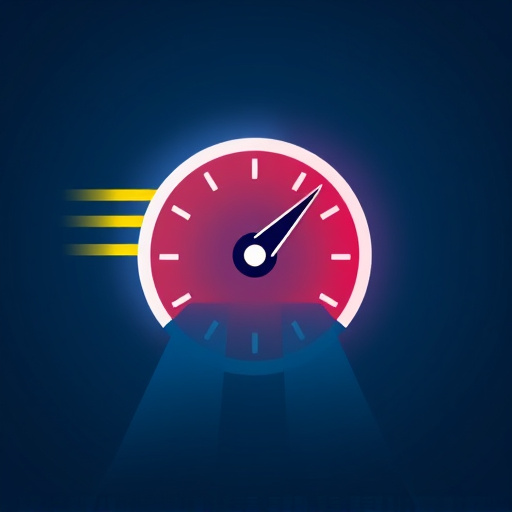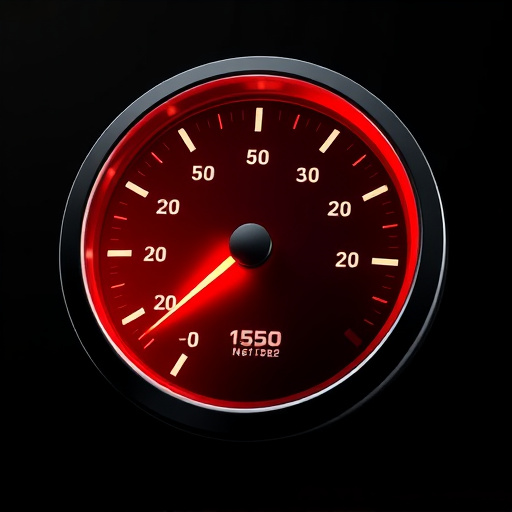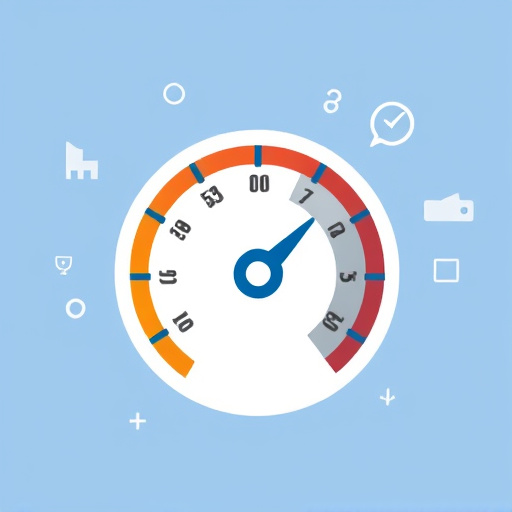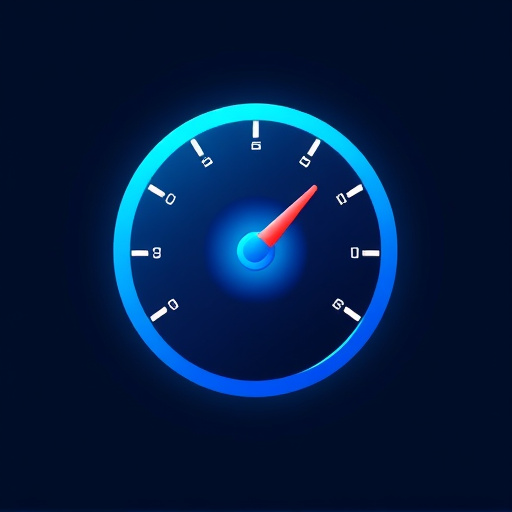Optimizing images, assets with built-in tools, online services, and CDNs improves website speed for better SEO performance. Browser caching, HTTP caching instructions, content delivery networks reduce page load times, enhance user experience, boost rankings. Compressing files like gzip, simplifying code, using CDNs further accelerate loading speeds, engage visitors, improve search engine rankings.
Looking to boost your site’s performance and improve web page load times? This guide will help you significantly enhance your website’s speed, crucial for both user experience and SEO performance. We’ll walk through effective strategies like optimizing images and assets, leveraging browser caching, enabling compression, simplifying code, and utilizing Content Delivery Networks (CDNs). By implementing these tactics, you’ll create a faster, more efficient site that keeps visitors engaged and boosts your online visibility.
- Optimize Images and Assets for Faster Loading
- Leverage Browser Caching to Reduce Requests
- Enable Compression to Minimize File Sizes
- Simplify Code and Remove Unnecessary Elements
- Utilize Content Delivery Networks (CDNs) for Global Distribution
Optimize Images and Assets for Faster Loading

Optimizing images and assets is a powerful strategy to significantly improve web page load times, directly impacting your website’s speed and SEO performance. Large, uncompressed images can slow down a webpage considerably. To make your website load faster and stay ranked, compress and resize images to appropriate sizes for display on various devices. Modern browsers offer built-in optimization tools, and there are numerous online image compression services available that provide high-quality results while reducing file sizes.
Additionally, leveraging content delivery networks (CDNs) can greatly aid in fixing website lags and enhancing overall performance. CDNs distribute your assets across multiple servers globally, ensuring faster delivery to users regardless of their location. This strategy is especially beneficial for websites with a diverse user base or those that host high-demand content. By implementing these methods to optimize web page loading times, you’ll not only improve the user experience but also bolster your website’s SEO and conversion rates, making it a must-have in your website speed SEO strategies. Find us at [brand name] for more insights on how to make your site faster and stay ahead of the competition.
Leverage Browser Caching to Reduce Requests

Leveraging browser caching is an effective strategy to improve website speed for better SEO performance. When a user visits your site, their browser fetches various resources like images, scripts, and stylesheets. By enabling caching, these files are stored temporarily in the user’s browser, eliminating the need to download them on subsequent visits. This significantly reduces the number of requests and speeds up page load times, enhancing both optimize website speed SEO performance and overall user experience.
Caching can be implemented at different levels, including network and server-side caching. On the network side, using content delivery networks (CDNs) distributes your content across multiple servers worldwide, ensuring users access resources from the nearest location. This reduces latency and further improve site speed for a better online presence. At the server level, enabling HTTP caching instructions tells browsers how long to store resources locally, minimizing unnecessary redownloads. Consider these strategies when reducing website page load time to provide visitors with a fast, engaging experience that keeps them coming back, and search engines taking notice, by visiting us at speed up my website for mobile users anytime.
Enable Compression to Minimize File Sizes

To significantly improve website speed for better SEO performance, enabling compression is a powerful strategy. It minimizes file sizes by compressing images, CSS, and JavaScript files, leading to quicker download times. This simple step can drastically enhance user experience and search engine rankings, as faster loading pages are favored by both users and algorithms alike.
Consider implementing gzip compression or other similar methods to find us at reduce website page load time strategies. By reducing the size of these essential assets, you’re essentially boosting your website’s speed and efficiency. This not only translates to better SEO but also ensures your site remains competitive in today’s fast-paced digital landscape, where quick loading times are crucial for keeping visitors engaged.
Simplify Code and Remove Unnecessary Elements

One effective strategy to improve website speed and enhance SEO performance is to simplify your code and remove unnecessary elements. Overly complex code and unused components can significantly slow down web page load times, negatively impacting user experience and search engine rankings. By streamlining your code, you reduce the amount of data that needs to be transferred from the server to the user’s device, resulting in faster loading times.
To start simplifying your code, review all scripts and plugins on your website. Remove or deactivate any that are not essential for functionality or do not serve a crucial purpose. Additionally, consider minifying your HTML, CSS, and JavaScript files to reduce their size without affecting their functionality. This process involves removing unnecessary characters and spaces, which can significantly speed up page loading. Visit us at seamless user experience through faster website speeds anytime, ensuring that your site remains optimized for both visitors and search engines.
Utilize Content Delivery Networks (CDNs) for Global Distribution

Content Delivery Networks (CDNs) are an effective strategy to dramatically improve your website’s speed and SEO performance, especially for global audiences. By distributing content across multiple servers in different geographical locations, CDNs reduce the physical distance between users and your web servers, resulting in faster page load times. This is particularly beneficial for international visitors who expect instant access to information, contributing to a seamless user experience.
Utilizing CDNs allows you to offload static assets like images, CSS, and JavaScript files from your origin server. These assets are cached on edge servers closer to the user, significantly reducing latency. This not only fixes slow website issues for increased user satisfaction but also optimizes website speed SEO performance. Additionally, when users access your site through a CDN, they experience faster response times, encouraging them to explore more of your content and potentially boosting engagement and conversions. Find us at reduce website page load time strategies and discover the power of CDNs in enhancing global web presence.
By implementing these strategies, from optimizing images and leveraging browser caching to using content delivery networks, you can significantly improve web page load times. Faster loading pages not only enhance user experience but also contribute to better SEO performance. These optimizations ensure your website delivers faster, allowing visitors to engage more readily and search engines to index your site efficiently.
